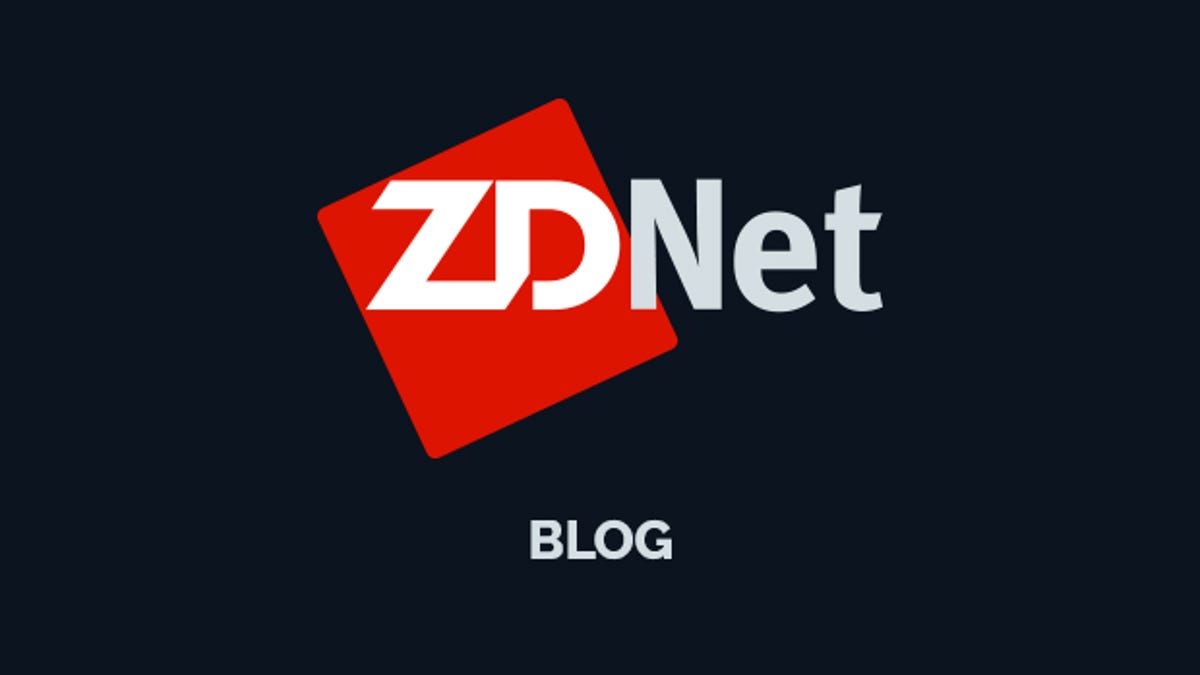Evan Richardson
Explorer
- Joined
- Dec 11, 2015
- Messages
- 76
I've got a box with 18x 8TB drives in it currently, Room for 6 additional drives, and I'm planning on upgrading storage soon now that 14 TB drives are starting to go on sale. I'm trying to figure out how best to increase the storage in this pool with the least amount (although open to some risk).
Options:
1.) Replace drives 1 by 1 with larger drives, wait for rebuild
2.) buy another chassis, hook up as JBOD, and add new drives to that.
I'd prefer to do option 1), but option 2 is safer. Regarding Option 1, My pool is currently 3x RAIDZ2 vdevs. I've never tried this before, but I guess I could technically replace 3 drives at once (1 from each vdev)? since I can afford 2x drives out of each vdev failing, as long as there are no technical issues, this would mean I'd have to only do six drive swaps...not too bad, although I anticipate it taking 10-12 hours per set (currently around 65% full). I've worked with storage for quite a while, so am not a stranger to zfs, but given the size of the drives, just looking for thoughts on which option I should go with (I'm leaning towards option 1 to save space in my rack and additional power usage (plus the additional issue of a external sas cable)
Also, since I have 6 slots free, I guess I could technically add 6x 14TB drives, use them as hotspares, then pull 3 drives at a time?
Thanks!
Options:
1.) Replace drives 1 by 1 with larger drives, wait for rebuild
2.) buy another chassis, hook up as JBOD, and add new drives to that.
I'd prefer to do option 1), but option 2 is safer. Regarding Option 1, My pool is currently 3x RAIDZ2 vdevs. I've never tried this before, but I guess I could technically replace 3 drives at once (1 from each vdev)? since I can afford 2x drives out of each vdev failing, as long as there are no technical issues, this would mean I'd have to only do six drive swaps...not too bad, although I anticipate it taking 10-12 hours per set (currently around 65% full). I've worked with storage for quite a while, so am not a stranger to zfs, but given the size of the drives, just looking for thoughts on which option I should go with (I'm leaning towards option 1 to save space in my rack and additional power usage (plus the additional issue of a external sas cable)
Also, since I have 6 slots free, I guess I could technically add 6x 14TB drives, use them as hotspares, then pull 3 drives at a time?
Thanks!



